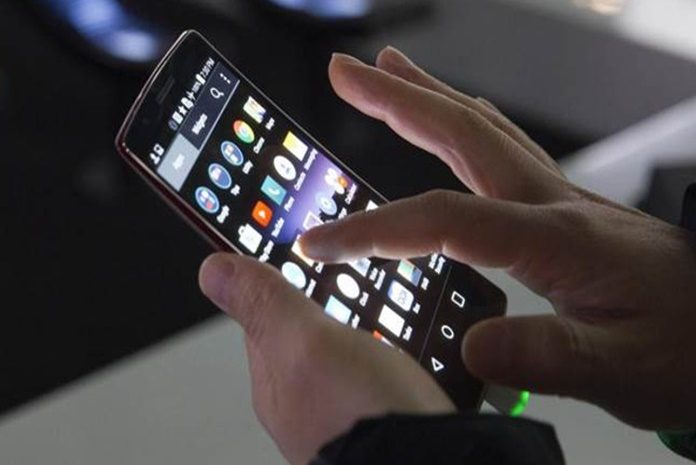By Nishant Arora
As you go through screaming headlines to tame US-based Twitter, WhatsApp and Facebook, India and its entrepreneurs have to acknowledge the failure to produce a single world-class social media app that is visible on the world map.
China shows the mirror which has created a strong social media app ecosystem and does not require even one US-based messaging/sharing or discussion-driven platform for its citizens.
The Indian entrepreneurs and innovators have done well in several other digital industries — from Paytm to Ola, from Zomato/Swiggy to Flipkart/Myntra and several digital payments, online grocery, video streaming and other shopping platforms — but the country has little to show to the world in the social networking app space.
China has cut the dependence on US online platforms. It has WeChat with over 1.2 billion users. WeChat is a messaging app that has several social elements similar to Facebook.
Baidu is their search engine like Google and Sina Weibo, or ‘Twitter of China’, has over 225 million active daily users.
Douban app is “popular with special interest groups and communities, and for networking around specific topics”. Douban has already crossed 300 million monthly active users.
Youku Tudou is the ‘YouTube’ of China and averages more than 200 million daily views. Acquired by Alibaba in 2015, the streaming platform has over 325 million monthly active users.
There is also RenRen, a clone of Facebook that was born way back in 2005.
What do we have in India that has the potential to go global?
Barring a handful of regional social networks like Sharechat and now the vernacular microblogging platform Koo which has emerged as a favourite among a section of users including Union Ministers who threaten to quit Twitter.
Koo has, however, found itself in the midst of several controversies including a data leak row and Chinese investment.
No Indian social media app ranks in among the top ones globally and millions of us love Twitter, Telegram, Signal, Facebook, WhatsApp, Instagram, Snapchat, Reddit, Pinterest, etc., which have their origin in the US.
In 2019, launched with much fanfare from the house of Patanjali Ayurved, ‘Kimbho’ which means ”how are you” or “what’s new” promising features such as chat, multimedia, voice and video calling, video conferencing and collaboration, finally collapsed, leaving the global developers’ community laughing at us.
To run a messaging app like WhatsApp or a micro-blogging platform requires top-of-the-line IT infrastructure, a strong will power and huge investments to scale.
”You need a team of Open-Source experts, Cloud and content delivery network (CDN) experts, data engineers, an in-house team of core developers, API developers, user interface (UI) developers, in-house testing team and user data simulation team, to run an app like Twitter or WhatsApp,” according to Anoop Mishra, one of the nation’s leading social media experts.
“You also need a highly-skilled hacking team which keeps finding loopholes in the existing system to find and plug data security breaches,” he added.
In a country where nearly 300 million people are on Facebook and another 400 million on WhatsApp — not to forget the millions who are hooked to Instagram, Twitter and Snapchat — there has not been a single social media platform to date with its roots in India that has created headlines globally.
Chinese short-media app TikTok, a global phenomenon, reached over 120 million Indian users before it was banned among several others, including the hot favourite mobile game PUBG.
Imagine an Indian social media app of giant proportion, which can be leveraged by the country to post the “real” picture of the events happening around to the global audience that takes it seriously.
That day appears to be way too far.
(Nishant Arora can be reached at [email protected])
–IANS











